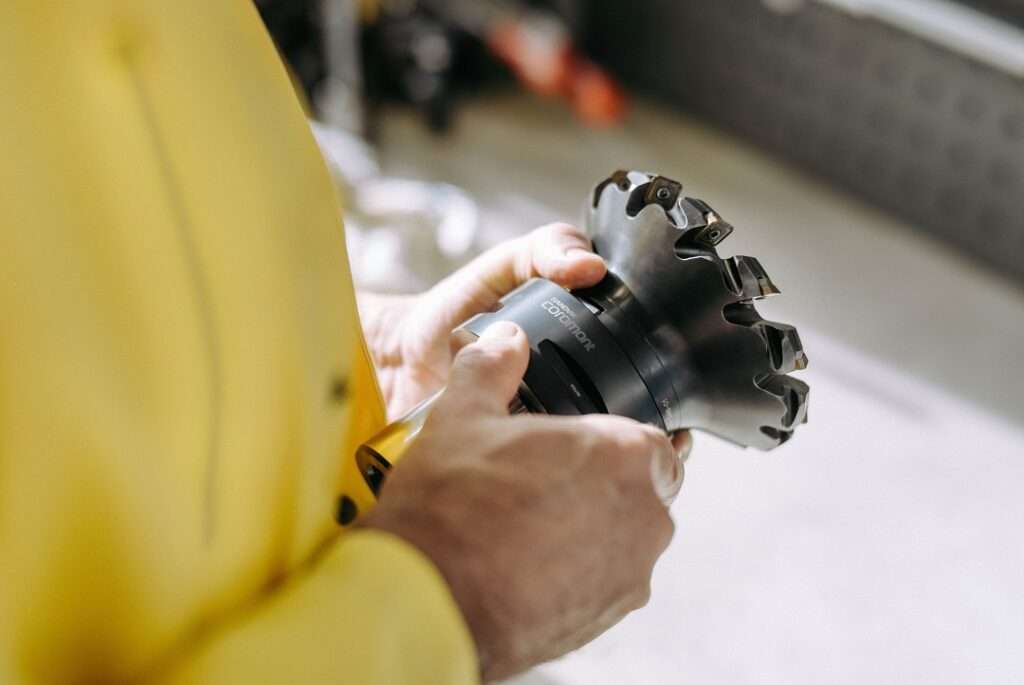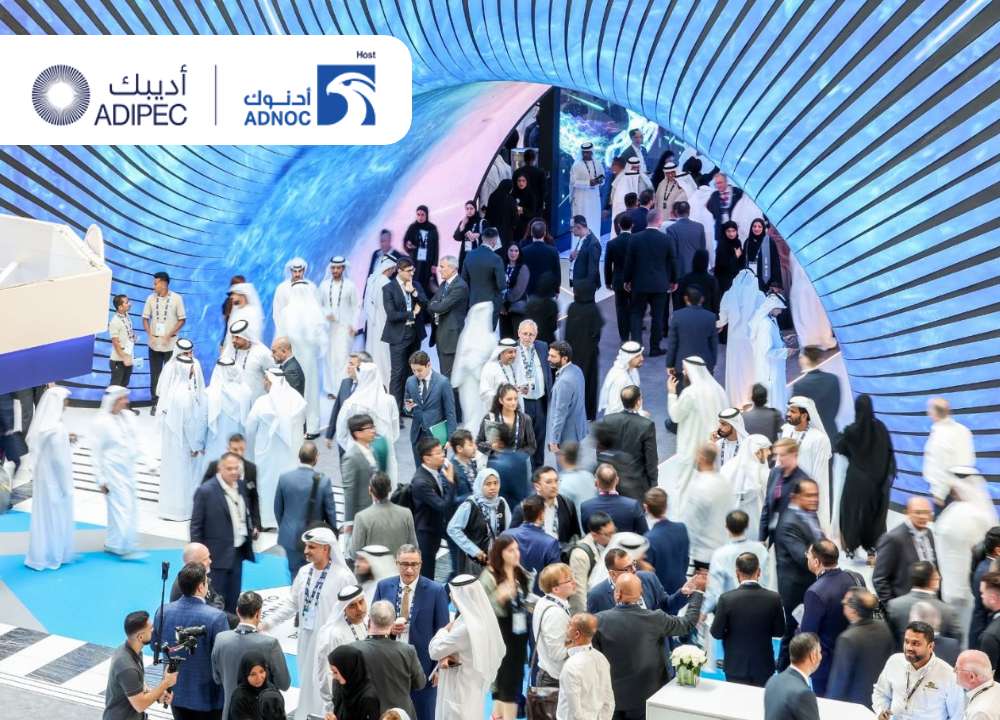Two experts, Professor Nakao and Tomokazu Shimomae, discuss the importance of utilizing IIoT systems for DX and GX. They focus on communications infrastructure for advanced data transmission. The article explores their perspectives as a researcher and business operator. The goal is to create sustainable and prosperous societies.
Governments, municipalities, and companies worldwide are currently focusing on creating operational reforms and mechanisms to adapt to the changing social and business environment, aligning with two significant trends: digital transformation (DX) and green transformation (GX). The former aims to establish a business structure that utilizes digital information generated during operations to achieve significant improvements in efficiency and new value creation. On the other hand, the latter promotes a business structure that contributes to environmental conservation, such as decarbonization, while maintaining and enhancing prosperity and competitiveness. To effectively implement these initiatives, detailed analysis and measures focused on key areas are necessary, with real-time quantitative data analysis through industrial IoT (IIoT) systems serving as the foundation for future societal and business support.

“We can say that the areas where it is possible to use 5G on smartphones are steadily expanding,” observes Professor Nakao. Four telecommunications carriers have been allocated 5G frequency bands in Japan. One of those companies has completed converting a number of areas to 5G as of February 2022. Those areas include all station platforms and between stations on Tokyo’s Yamanote Line and Osaka’s Loop Line; the platforms of 47 stations on four lines in Kanto; and 80 commercial areas around Japan such as Sapporo’s Odori and Shinjuku.
Another company announced that it will speed up its schedule to expand its 5G areas in March 2022. The company says it plans to expand 5G coverage to all 1,741 municipalities in Japan with the aim of realizing a population coverage rate of 90% or more by March 2024. Furthermore, one more company announced that its 5G population coverage rate broke through the 90% barrier in April 2022. The latter company also says it utilizes virtualization technologies to be able to quickly transition to 5G with the minimum level of equipment from 4G for which its population coverage rate has reached 96%.
5G is a new communication infrastructure that was developed with the aim of exchanging information between various devices, equipment, and facilities used in different locations. Unlike its predecessors, 5G is designed to cater to the needs of Industrial Internet of Things (IIoT) systems. It has many functions useful for building advanced IIoT systems to understand in detail the conditions and changes of things and environments. Some of the important functions include high-speed and large-capacity communications, low latency, and the ability to simultaneously connect to up to 1 million devices within an area of 1 km².
Currently, the population coverage rate of 5G infrastructure has broken through 90%, but the area coverage rate still has many blank spaces. It is crucial to expand the area coverage rate to increase the number of usage scenarios of IIoT systems that communicate with things instead of individual users. Additionally, a lot of the 5G infrastructure built so far has been realized by diverting existing equipment that supports frequencies for 4G, so the high speeds and large capacities inherent to 5G have not been fully realized. Enabling the use of these functions will make it possible to instantly reinvigorate media-related businesses and services that handle large volumes of metaverse-related content utilizing virtual reality (VR) and augmented reality (AR).

Furthermore, with low latency and simultaneous multiple connections, machines in IIoT systems will be able to mutually connect and share data obtained from sensors installed in them. This will allow the analysis of big data, the prediction of future phenomena and troubles, and the building of social infrastructure and business systems capable of autonomously responding to changes in the social and business environments. The development of 5G infrastructure will further progress and accelerate the pace of DX and GX initiatives, which will greatly change the way we live, do business, and engage in social activities.
Countries around the world are preparing for the commercialization of Beyond 5G/6G technology, with Japan having already formulated a promotion strategy and initiated two phases of development. The Leading Activities Phase aims to create successful model cases for a Beyond 5G Ready environment within five years, to be presented at the Beyond 5G Ready Showcase in 2025. The subsequent Activities Acceleration Phase will accelerate the pace of global expansion. Standardization activities for 6G will begin in 2025, with the Beyond 5G Promotion Consortium and the Beyond 5G New Business Strategy Center established to promote technological development and intellectual property acquisition. The Ministry of Internal Affairs and Communications in Japan has announced an investment of over 100 billion yen in Beyond 5G, and competition in this field is expected to intensify in the future.
The infrastructure for 5G and beyond will be more public, allowing for the resolution of social issues and creating business value through IIoT systems. The goal of 6G is to improve performance greatly beyond 5G, with speeds over 100 Gbps, ultra-low latency of 1 msec or less, and connections for 10 million devices per 1 km². This infrastructure will expand beyond land and into the sky, sea, and space. Additionally, there will be a need for new technologies that satisfy the diverse technical requirements of 6G, and it may no longer be possible to meet all needs with one definitive technology.

Murata Manufacturing is developing elemental technologies such as boards that improve conductor loss, antennas, power amplifiers, low-noise amplifiers, and circuits in anticipation of the arrival of the Beyond 5G era. It is expected that 6G will use terahertz waves, which will require components to be designed optimally from the level of the material.
To meet the demands Beyond 5G/6G, it will be necessary to develop technologies while assessing the situation from a broader perspective. “The way infrastructure should be will change greatly, and it will be necessary to consider what kind of technologies are required instead of simply supporting a new frequency band”, said Tomokazu Shimomae.
The race to develop 6G technologies has intensified worldwide, but Professor Nakao and Murata Manufacturing recognize the importance of a global strategy that involves co-creation with partners and customers to understand global market needs and develop useful products. As the development of 5G infrastructure accelerates, IIoT systems for DX and GX will become more widespread, and the focus will shift to utilizing the benefits of these information foundations to create business value. The key is to define and develop the necessary technologies in partnership with customers through demonstration experiments and other tests.







